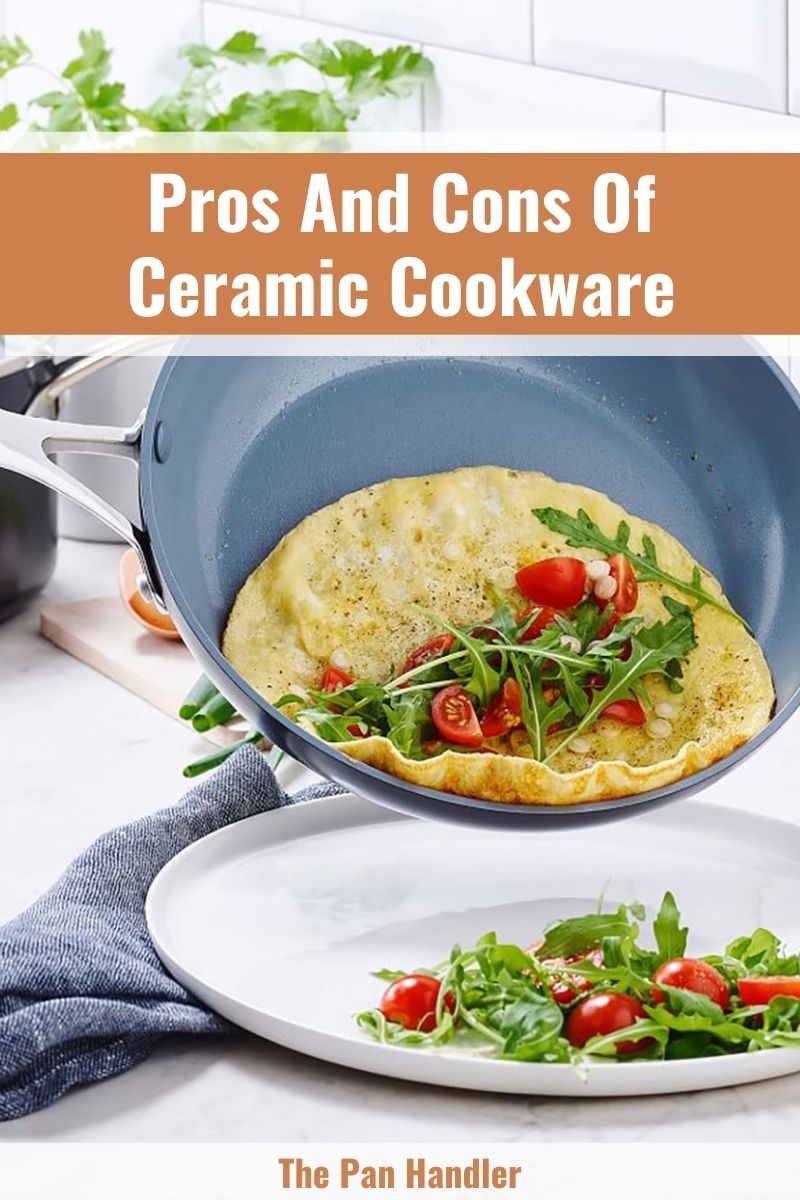Ceramic cookware gained popularity as an alternative when concerns about nonstick cookware’s toxicity became widespread. It helps cook healthy meals, is easy to clean, and makes a pretty addition to the kitchen. As such, among all the essential items in your kitchen, ceramic cookware should have a place.
What is Ceramic Cookware?
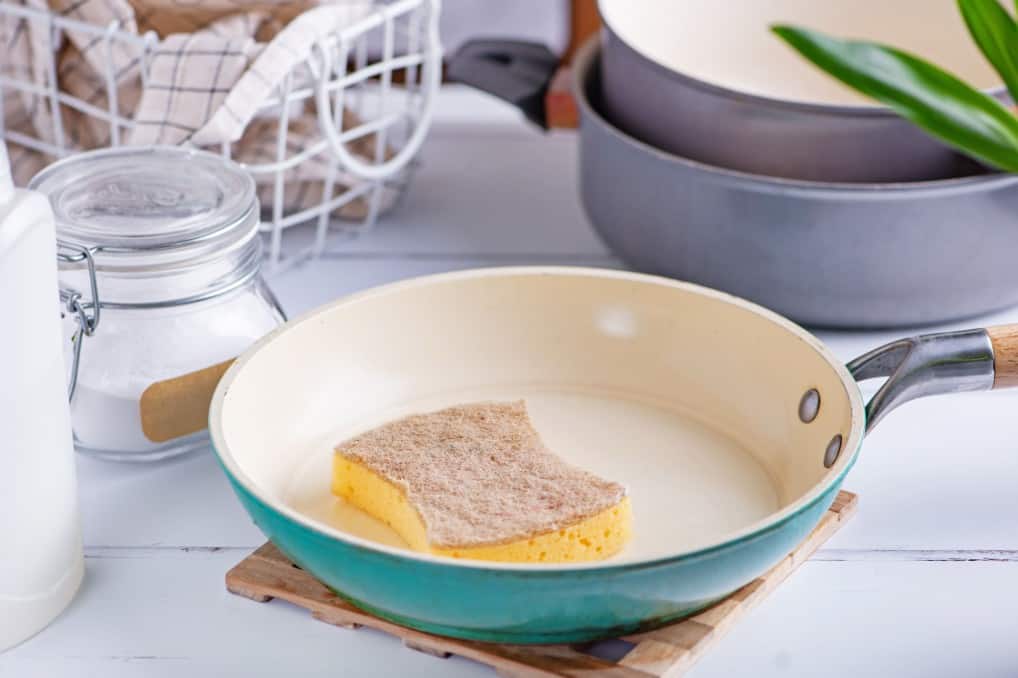
Ceramic cookware has two types: one entirely made of pure ceramic and the ceramic-coated type. The ceramic-coated type is mainly made of a metal base such as aluminum, often coated with sol-gel or a hard film of polymer materials with a ceramic appearance.
This coating contains binders, non-stick components, color pigments, and reinforcing agents, making ceramic cookware nonstick and beautiful.
Some of the attributes that make ceramic cookware stand out among the range of cookware include:
| Feature | Description |
| Chemical Composition | PFOA/PTFE free |
| Material Makeup | Made with sol-gel (claimed harmless) |
| Cleaning | Easy; hot water for burnt residue |
| Non-stick Durability | Non-stick feature can degrade over time |
| Composition | Primarily metal with a silicone finish |
| Reactivity | Non-reactive with acidic/alkaline foods; no metallic taste |
| Heat Resistance | Safe to 500℉; best used on medium heat |
| Design & Aesthetics | Available in various colors and patterns |
| Price & Value | Relatively affordable but may lose non-stick in ~2 years |
| Weight & Utility | Heavier; can be used for cooking, storage, and serving |
What Are The Pros Of Using Ceramic Cookware?
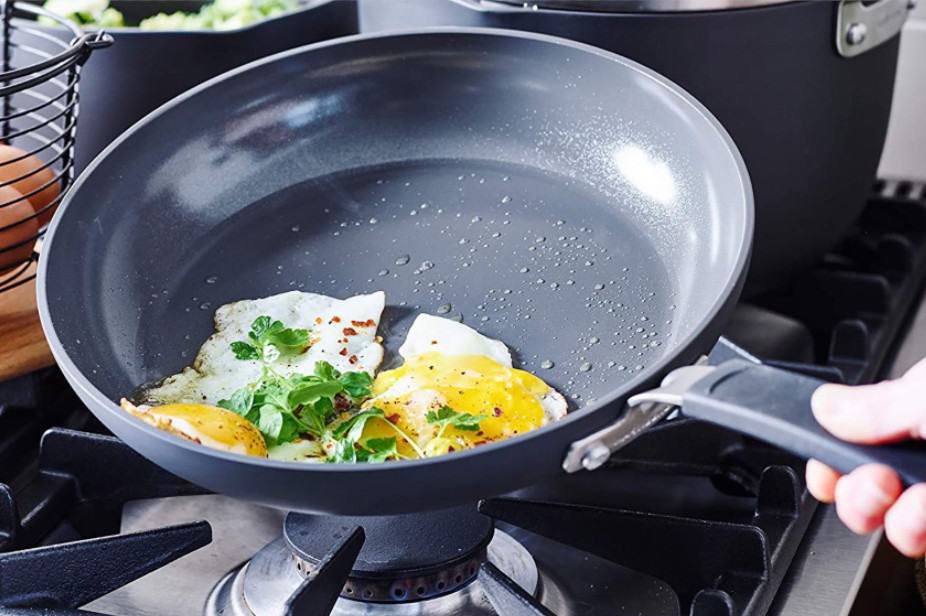
Many qualities make ceramic cookware the choice of many homeowners. This is why you’ll find a ceramic pot or pan in almost every household. Some of these qualities include :
Nonstick surface
Since it is made of materials that make it non-stick, such as aluminum which contains a sol-gel coating bonded to the rest of the cookware’s construction, the cooking surface is nonstick. Food slips off easily.
Sol-gel is a silicone oil injected into the cookware’s surface and released during use. Find out more about sol-gel in this article: https://www.orioncoat.com/resources/sol-gel-coatings/.The silicone oil gets released every time you cook, providing a non-stick cooking surface.
When you first use ceramic cookware, the silicone layer prevents sticking and eliminates the need for using oil or excessive butter when cooking. However, you need to maintain this silicone layer as much as possible.
Easy To Clean
Its nonstick property makes ceramic cookware easy to clean. Although you can use a dishwasher to clean ceramic cookware, hand washing is highly recommended to preserve the lifespan.
It is essential to take note of some precautions while cleaning ceramic cookware.
- Don’t use a hard sponge on the cookware’s surface; it will damage the nonstick surface.
- To remove burnt food residues, pour in hot water and wait for a little while before scrubbing with a mild sponge.
- It is essential to check the manufacturer’s instructions regarding cleaning and maintaining the cookware.
This YouTube video highlights the proper methods of cleaning ceramic cookware:
Ability To Withstand High Heat
If you want to cook meat, or any food item that requires a high temperature, ceramic cookware is perfect as it can withstand heat up to 800°F. However, to protect the ceramic coating, most manufacturers recommend not exceeding 500°F when using it.
Non-reactive
Ceramic is non-reactive, as it doesn’t contain any chemical additives. It is a healthy choice. You can use it for cooking different types of food, and it won’t leach metals into any of them.
Less oil usage
Because of its non-stick properties, you can use less oil when cooking than other cookware. This makes your food healthier.
Colorful designs
Ceramic cookware comes in different sizes, colors, and designs. You can pick any design you like and even adorn your kitchen with it. [Ceramic Vs. Teflon Cookware: Which One Do I Need?]
How About The Cons Of Ceramic Cookware?
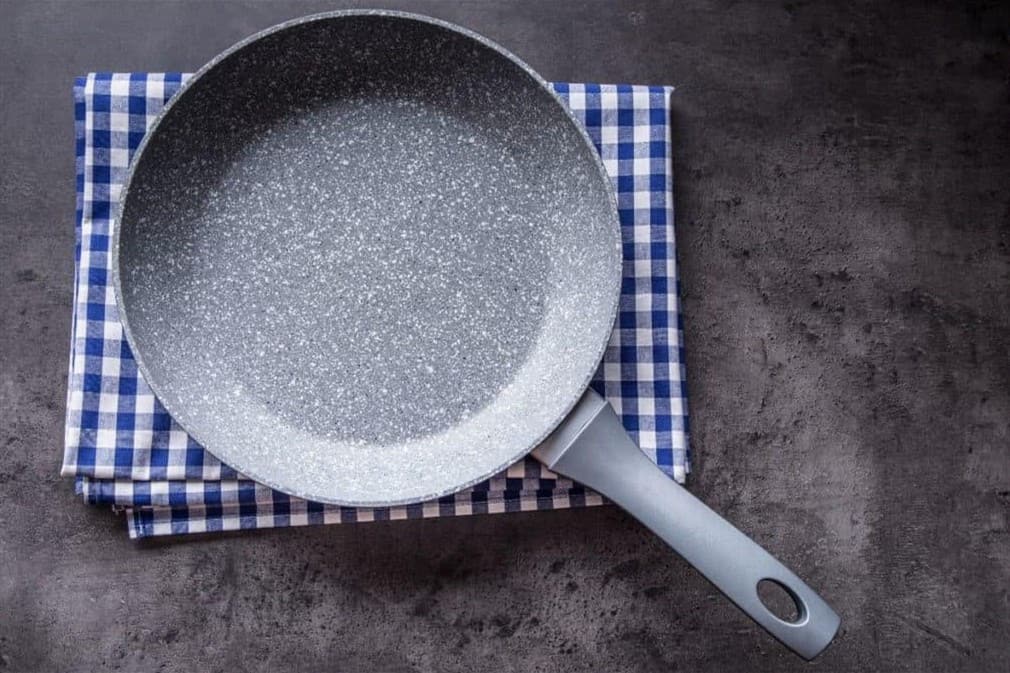
As versatile and colorful ceramic cookware is, it isn’t without flaws. Below are some of its failings:
Loses its non-stick property faster
One of the major cons of ceramic cookware is its ability to lose its nonstick properties faster than conventional nonstick pans.
The silicone coating makes it nonstick but is also responsible for its short lifespan. It is delicate and using a dishwasher or metal utensil damages the smooth surface. With a rough surface, the cookware deteriorates faster.
Non-stick ceramic cookware has a shorter lifespan when compared to other types of cookware available, such as stainless steel, PTFE-based nonstick surfaces, and cast-iron skillets.
If you want to slow down the deterioration of your pan’s non-stick abilities, ensure that you use medium heat for cooking, cook with wooden or silicone utensils, and handwash your cookware.
Safety concerns
Even though much is known about the safety of ceramic cookware, there are still some grey areas. Ceramic cookware came as a solution when concerns were raised about the toxicity of Teflon cookware, which had PFOA as one of its major chemicals.
The claims of marketers today are that ceramic cookware is entirely safe, and even when damaged, the ceramic coating is non-toxic. However, this hasn’t been completely proven.
Also, cooking releases silicone oil from the sol-gel coating on the surface, and the food can come into contact with it. Although there have been no significant findings of the harmfulness of the secretions, it is worth worrying about. Some low-quality ceramic brands have been said to contain lead too.
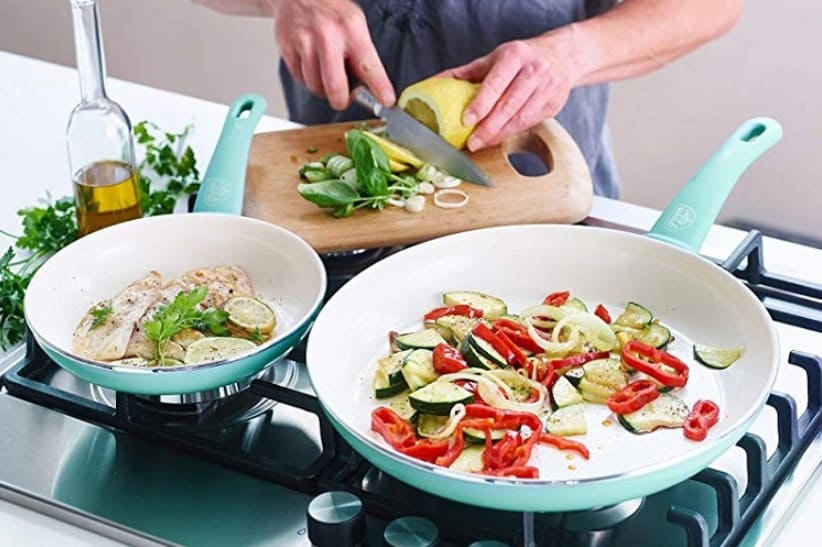
Uneven heat distribution
Ceramic cookware’s non-stick property is attributed to its silicone-based coating with tiny mineral particles, known as nanoparticles, which ensures that food isn’t directly in contact with the pan’s surface.
While this means a lower chance of food sticking, the parts not near the cooking surface might not receive the required heat. As a result, some ceramic pots and pans don’t heat up quickly and evenly, resulting in unevenly cooked food.
Less durable construction
Because of their composition, ceramic pots and pans tend to be less durable. They cost more in the long run as you may need to change your cookware every two years depending on how well you use the products.
Summary
Ceramic cookware is a good choice as it makes a healthy and stylish addition to your kitchen. Also, it is easy to clean and maintain. However, it is important to buy a high-quality product and take note of the flaws and precautions before purchasing to make the best use of the cookware.
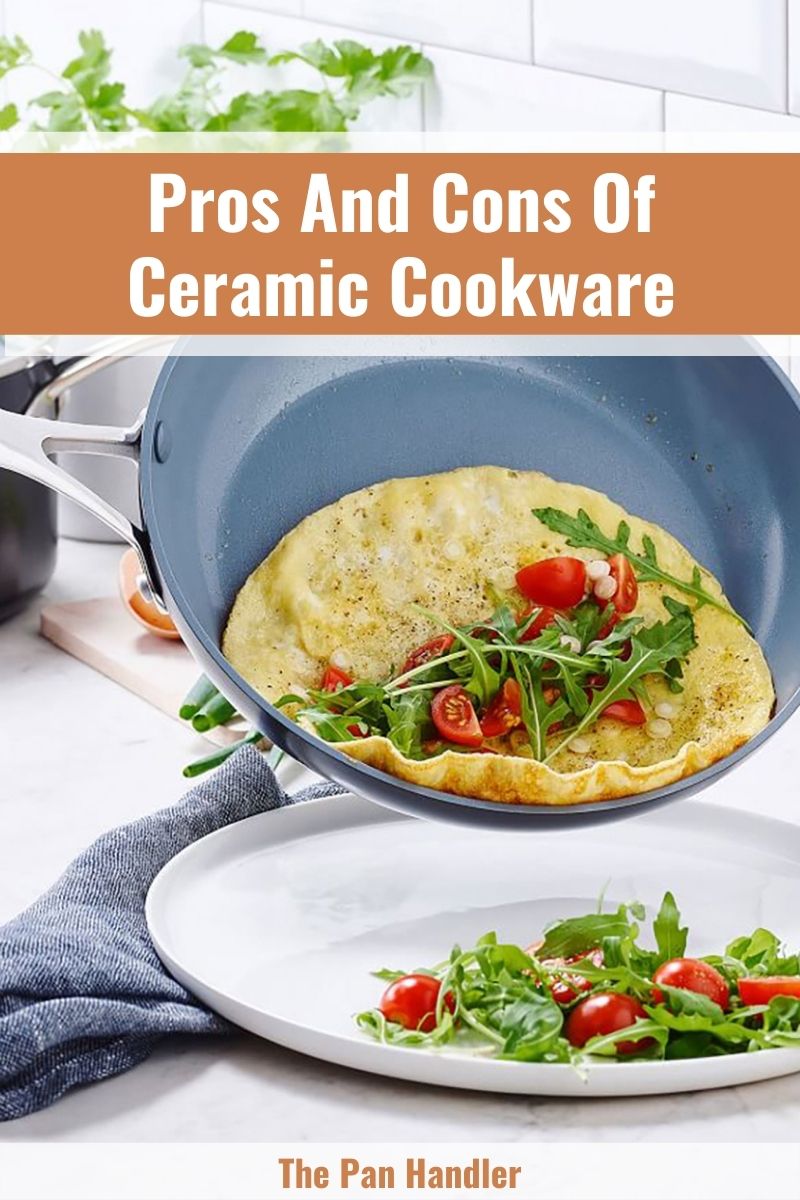

Michael Johnson is the founder of Pan Mastery, Inspired by his blacksmith grandfather’s legacy has a deep appreciation for hand-crafted pots and pans, he provides invaluable guides, reviews, and recipes to enhance your culinary journey.

